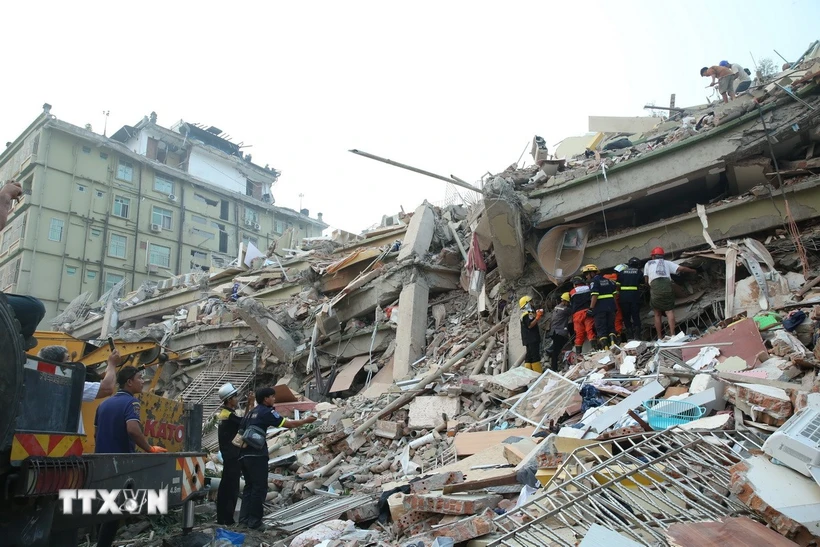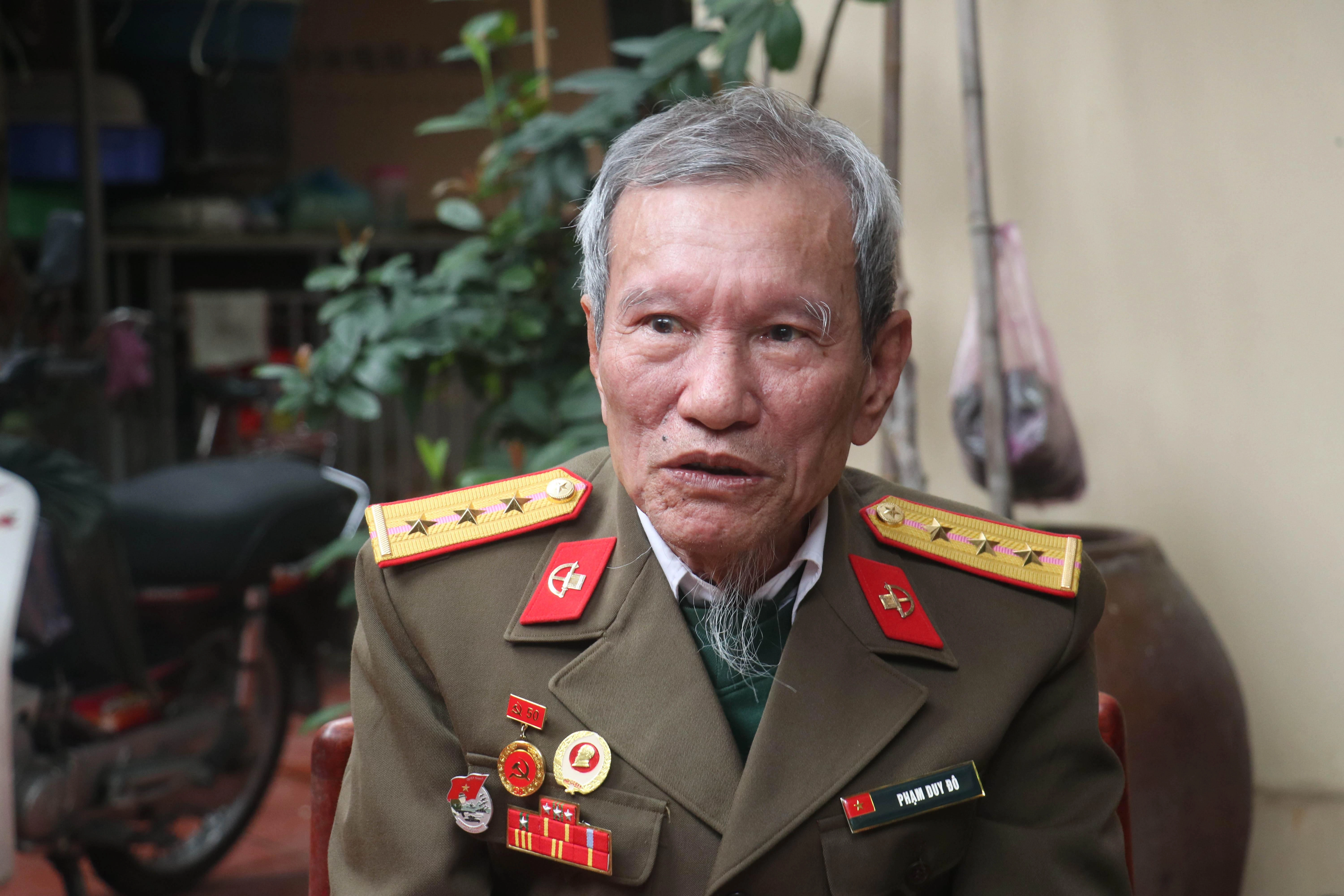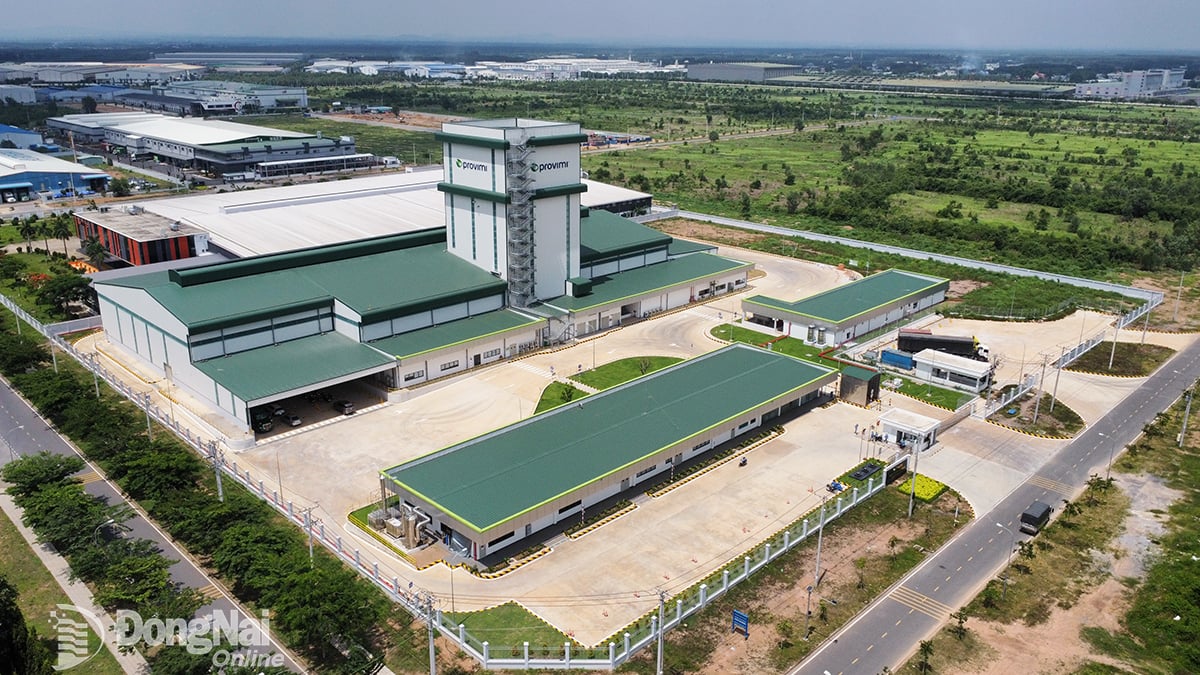Scene of devastation after the earthquake in Mandalay, Myanmar. (Photo: THX/TTXVN)
The World Health Organization said it had received reports of three hospitals destroyed and 22 partially damaged, among more than 10,000 structures collapsed or severely damaged in central and northwestern Myanmar.
However, according to the International Rescue Committee, the scale of the devastation is still unclear at this stage, with reports of 80% of buildings collapsed in a town near Mandalay that could not be verified due to telecommunications disruptions. There are also reports of some areas being cut off by landslides.
Meanwhile, the results of satellite image analysis of Mandalay city using artificial intelligence technology by Microsoft's AI for Good Lab showed that 515 buildings were damaged from 80-100% and 1,524 other buildings were damaged from 20-80%.
On March 31, Myanmar media quoted the head of the military government, Senior General Min Aung Hlaing, as saying that the death toll from the earthquake was 2,065, with more than 3,900 injured and about 270 missing.
However, aid agencies expect the number to rise sharply due to communications disruptions in remote areas.
Even before the earthquake, Myanmar's health system and infrastructure were already quite poor due to a long-standing lack of investment resources.
As one of Asia's poorest countries, Myanmar often struggles to respond to major disasters, partly due to the legacy of fighting and instability that has stunted economic growth.
Relief efforts are now further hampered by power outages, fuel shortages and unstable communications.
A lack of heavy machinery has slowed search and rescue operations, forcing many places to still search for survivors with their bare hands.
Meanwhile, daytime temperatures in Myanmar, currently reaching over 40 degrees Celsius, are also exhausting the rescue forces.
The WHO has previously declared the earthquake a top-level emergency and called for $8 million in aid to support relief efforts, while the International Federation of Red Cross and Red Crescent Societies has launched an appeal for more than $100 million to help Myanmar recover over 24 months amid concerns the earthquake could exacerbate famine and the risk of disease outbreaks.
On the fourth day after the disaster, on the streets of Mandalay, many people had to sleep outdoors because their homes were destroyed or because of fear of consecutive aftershocks.
Hundreds of patients at Mandalay General Hospital are also being treated outdoors with beds evacuated to the hospital's parking lot.
However, traffic began to flow again on the streets of Mandalay on March 31, the fourth day after the earthquake. Many shops and street vendors were back in business.
Myanmar's military government has declared a week of national mourning until April 6.
As part of the national mourning, the military government also announced that it would begin a minute of silence for the victims of the earthquake at 12:51 on April 1 (13:21 on the same day Vietnam time), the time the 7.7 magnitude earthquake occurred./.
According to VNA
Source: https://baothanhhoa.vn/dong-dat-kinh-hoang-tai-myanmar-chua-the-xac-dinh-quy-mo-tan-pha-244203.htm



![[Photo] Nghe An: Bustling atmosphere celebrating the 50th anniversary of Southern Liberation and National Reunification Day](https://vstatic.vietnam.vn/vietnam/resource/IMAGE/2025/4/29/64f2981da7bb4b0eb1940aa64034e6a7)
![[Photo] Ho Chi Minh City: People are willing to stay up all night to watch the parade](https://vstatic.vietnam.vn/vietnam/resource/IMAGE/2025/4/29/cf71fdfd4d814022ac35377a7f34dfd1)
![[Photo] Ho Chi Minh City residents "stay up all night" waiting for the April 30th celebration](https://vstatic.vietnam.vn/vietnam/resource/IMAGE/2025/4/30/560e44ae9dad47669cbc4415766deccf)
![[Photo] Hanoi is brightly decorated to celebrate the 50th anniversary of National Reunification Day](https://vstatic.vietnam.vn/vietnam/resource/IMAGE/2025/4/29/ad75eff9e4e14ac2af4e6636843a6b53)
![[Photo] General Secretary attends special art program "Spring of Unification"](https://vstatic.vietnam.vn/vietnam/resource/IMAGE/2025/4/29/e90c8902ae5c4958b79e26b20700a980)

















![[Photo] Prime Minister Pham Minh Chinh meets to prepare for negotiations with the United States](https://vstatic.vietnam.vn/vietnam/resource/IMAGE/2025/4/29/76e3106b9a114f37a2905bc41df55f48)




































































Comment (0)